Home>Interior Design>How To Create A Mood Board For Interior Design


Interior Design
How To Create A Mood Board For Interior Design
Modified: September 2, 2024
Learn how to create a stunning mood board for interior design with our expert tips and step-by-step guide. Transform your space and unleash your creativity today!
(Many of the links in this article redirect to a specific reviewed product. Your purchase of these products through affiliate links helps to generate commission for Storables.com, at no extra cost. Learn more)
Introduction
Welcome to the world of interior design, where creativity and functionality come together to create stunning living spaces. Whether you’re revamping your home or working on a client project, one of the most important tools in the interior design process is a mood board. A mood board is like a visual roadmap that helps designers conceptualize and communicate their ideas. In this article, we will explore what a mood board is, why it is essential in interior design, and how you can create a captivating mood board that captures your vision.
A mood board is a collage of images, textures, colors, and materials that collectively convey the desired aesthetic and atmosphere of a space. It serves as a source of inspiration and a reference point throughout the design process. By collating different elements onto a single platform, designers can visually communicate their ideas to clients, understand the cohesive vision for a project, and ensure that everyone involved is on the same page.
Now, you may be wondering why a mood board is so vital in interior design. Well, it’s simple. Interior design is a sensory experience that extends beyond just choosing furniture and paint colors. It’s about creating an environment that evokes specific emotions and caters to the needs and preferences of the occupants.
A mood board helps designers:
- Visualize the Concept: Capturing your ideas and inspirations on a mood board allows you to see how different design elements come together and create a cohesive look.
- Establish a Theme or Style: By curating images and materials that align with a specific theme or style, you can set the overall tone for your project.
- Refine and Edit: Having a mood board makes it easier to refine and edit your design choices. You can easily remove or add elements until you achieve the desired mood and aesthetic.
- Communicate with Clients: A mood board is an effective communication tool that helps clients visualize your design ideas and ensures that you are both on the same wavelength.
Now that you understand the importance of a mood board in the interior design process, let’s dive into the step-by-step process of creating one. Gathering inspiration, selecting colors and materials, creating the layout, adding textures and patterns, incorporating lighting and accessories, and presenting your mood board are all crucial components that we’ll explore in detail. Let’s get started!
Key Takeaways:
- Mood boards are essential in interior design, aiding in visualization, communication, and decision-making. They serve as a creative roadmap, capturing the essence of a design concept and engaging clients in the process.
- Gathering inspiration, selecting colors and materials, creating a layout, adding textures and patterns, and incorporating lighting and accessories are crucial steps in crafting a captivating mood board. Presentation is key to effectively communicating the design vision.
What is a Mood Board?
A mood board is a powerful visual tool used in interior design to convey the overall look, feel, and aesthetic of a space. It is a collage of images, textures, colors, materials, and other design elements that collectively represent the desired mood or atmosphere of a project. Mood boards serve as a source of inspiration, a way to organize ideas, and a means of communication between the designer and their clients or team members.
Creating a mood board allows designers to gather and centralize their design inspiration in one place. It helps them explore different concepts, experiment with color palettes, and visualize how various elements will come together in a space. By curating images and samples of materials, textures, and patterns, designers can create a cohesive story that reflects the intended vibe of the interior.
When building a mood board, it’s important to consider the overall theme or style you want to convey. For example, if you’re designing a modern and minimalist living room, you may focus on clean lines, neutral colors, and sleek furniture. On the other hand, if you’re working on a cozy and rustic bedroom, you might incorporate earth tones, natural materials, and warm lighting.
Mood boards are not limited to physical collages. With the advancement of technology, designers can now create digital mood boards using various online platforms or graphic design software. Digital mood boards offer the advantage of being easily editable and shareable, allowing for seamless collaboration and feedback.
It’s important to note that a mood board is not a final design plan or a rigid blueprint. It is a starting point, a creative exploration of ideas that can evolve and adapt throughout the design process. It provides a visual reference and a guide for decision-making, ensuring that all design choices align with the desired mood and vision.
Designers often draw inspiration for their mood boards from a variety of sources. These sources can include images from magazines, online platforms, and social media, as well as samples of materials, color swatches, fabric samples, and even personal photographs. The goal is to create a collection of visuals that evoke the desired emotions and overall aesthetic of the space.
Overall, a mood board is a valuable tool in interior design that helps designers bring their ideas to life, communicate their vision to clients and collaborators, and ensure a cohesive and harmonious end result. Whether it’s a physical collage or a digital creation, a well-curated mood board sets the tone and serves as a guide throughout the design process.
Importance of Mood Boards in Interior Design
Mood boards play a significant role in the interior design process, bringing clarity, inspiration, and direction to designers and clients alike. Let’s explore the importance of mood boards in detail:
1. Communication: Interior design is a collaborative process involving designers, clients, and other stakeholders. Mood boards effectively bridge the gap between ideas and understanding. Visual elements such as images, colors, and textures showcased on mood boards provide a tangible representation of the desired aesthetic. This helps to ensure all parties involved are on the same page and working towards a shared vision.
2. Inspiration: Designers draw inspiration from various sources, which can sometimes be overwhelming. Mood boards act as a creative filter, allowing designers to refine their ideas and streamline their design concepts. By curating inspirations into a visual collage, designers can focus on specific elements and create a cohesive and compelling design story.
3. Exploration of Ideas: Mood boards offer designers the freedom to experiment with different design concepts and elements. They provide a platform to mix and match colors, textures, patterns, and materials without making permanent decisions. This exploration allows designers to push boundaries, discover new combinations, and ultimately create innovative and unique interiors.
4. Visualization: One of the most powerful aspects of mood boards is their ability to visualize the overall look and feel of a space. By gathering different design elements together, designers can see how they harmonize or clash, helping them make informed decisions and adjustments. Mood boards serve as a visual guide throughout the design process, ensuring that the end result aligns with the envisioned concept.
5. Decision-Making: Designing an interior involves countless choices, from color schemes to furniture selections. Mood boards assist in making these decisions easier and more focused. By organizing and presenting different options, designers can compare and evaluate various elements in relation to each other. This leads to well-informed and confident design choices.
6. Client Satisfaction: When working with clients, understanding their preferences and vision is crucial. Mood boards offer a visual representation of the proposed design, enabling clients to better visualize the end result and actively participate in the decision-making process. This collaboration enhances client satisfaction as they feel heard, involved, and confident in the design direction.
7. Time and Cost Efficiency: By presenting design concepts and choices upfront through mood boards, designers can significantly reduce the time and cost involved in making changes later in the process. Mood boards allow for early feedback, enabling designers to refine and fine-tune the design before proceeding to implementation. This helps prevent costly errors and ensures a smoother and more efficient design journey.
Overall, mood boards are an invaluable tool in interior design. They facilitate effective communication, spark inspiration, aid in decision-making, and ultimately lead to successful and harmonious interior spaces. Whether you’re a professional designer or a homeowner embarking on a redesign project, incorporating mood boards into your design process can significantly enhance your creative journey.
Gathering Inspiration
Gathering inspiration is the first step in creating a captivating mood board for interior design. It’s a crucial stage that sets the tone and direction for the entire design process. Here are some effective ways to gather inspiration:
1. Online Platforms: Explore interior design websites, blogs, and social media platforms such as Pinterest, Instagram, and Houzz. These platforms are treasure troves of stunning visuals, showcasing a wide range of design styles, color palettes, furniture arrangements, and decor ideas. Save or bookmark the images that resonate with your design vision.
2. Magazines and Books: Browse through interior design magazines and books to find inspiration. These printed resources often feature beautifully styled spaces, expert tips, and interviews with designers. Don’t underestimate the power of flipping through physical pages and discovering unexpected design concepts.
3. Nature and Architecture: Step outside and observe the natural environment around you. Look for color combinations, texture pairings, and patterns in nature that inspire you. Additionally, explore architecture for unique shapes and materials that can be translated into interior design elements.
4. Travel: Traveling to different cities and countries exposes you to diverse design cultures and aesthetics. Immerse yourself in local architecture, interior design, and cultural elements. Take note of the color palettes, patterns, and materials used in each location.
5. Art and Culture: Visit art galleries, museums, and exhibitions to gain inspiration from visual artists. Paintings, sculptures, and installations can evoke emotions and spark unique design ideas. Similarly, exploring different cultures and their traditional art forms can provide a rich source of inspiration.
6. Personal Experiences: Look back on your personal experiences for inspiration. Reflect on memorable spaces you’ve visited, such as hotels, restaurants, or even friends’ homes. Consider the elements that made those spaces special and think about how you can incorporate similar features into your design.
7. Material and Texture Sampling: Collect samples of materials, fabrics, and textures that catch your attention. Visit local design stores or order sample swatches online. Experiment with combining different textures and materials to create a tactile experience that aligns with your design vision.
8. Colors and Color Palettes: Explore color theory and select a color palette that resonates with your desired mood. Experiment with different color combinations and shades to create a harmonious and balanced design. Consider the emotions each color evokes and how they can contribute to the atmosphere of the space.
Remember, the goal of gathering inspiration is not to copy exact designs but to draw ideas, elements, and concepts that inspire you. Compile all your gathered inspiration in a digital or physical folder to refer back to throughout the design process.
By actively seeking inspiration from various sources, you will be equipped with a rich palette of ideas that will inform and influence the creation of your mood board and the subsequent interior design journey.
Selecting Colors and Materials
Choosing the right colors and materials is a crucial part of creating a captivating mood board for interior design. The colors and materials you select will set the tone, evoke emotions, and bring your design concept to life. Here are some tips to guide you in this process:
1. Consider the Mood: Think about the mood and ambience you want to create in the space. Are you aiming for a calm and relaxing atmosphere or a vibrant and energetic one? Understanding the mood you want to convey will help you choose colors and materials accordingly.
2. Create a Color Palette: Start by creating a color palette that reflects your desired mood. Consider the psychology of color and how different hues can impact emotions. For example, blues and greens are associated with tranquility, while yellows and oranges evoke energy and warmth.
3. Explore Color Combinations: Experiment with different color combinations to create visual interest and balance. Use tools like the color wheel to find complementary, analogous, or monochromatic color schemes. Consider the dominant color and its complementary colors for a harmonious palette.
4. Consider the Functionality: Think about how colors and materials will function in the space. Consider durability, ease of maintenance, and practicality when selecting materials such as flooring, countertops, and upholstery fabrics. Opt for materials that will stand the test of time and suit the intended use of the space.
5. Balance Boldness: If you’re drawn to bold colors or patterns, ensure you balance them with more neutral elements. Incorporate neutral colors like whites, grays, or earth tones to create a cohesive and balanced design. This allows bold colors or patterns to stand out without overwhelming the space.
6. Gather Material Samples: Collect samples of different materials, such as wood, stone, fabrics, and metals. Consider their textures, colors, and patterns. Place these samples on your mood board to understand how they work together and to visualize the overall look and feel of your design concept.
7. Contrast and Texture: Use contrasting materials and textures to add visual interest to your design. For example, pair smooth surfaces with textured ones, glossy finishes with matte finishes. This contrast creates depth and dimension in the space.
8. Seek Inspiration from Nature: Look to nature for inspiration when choosing colors and materials. Take cues from the natural world, such as the warmth of sand, the richness of foliage, or the soothing blues of the ocean. Nature provides a plethora of color and material combinations that can inspire your design choices.
Remember, selecting colors and materials is a subjective process, and what matters most is that they align with your vision and evoke the desired emotions. Use your mood board as a visual guide to see how colors and materials interact and enhance the overall design concept. By thoughtfully selecting colors and materials, you will create a dynamic and visually captivating interior space.
When creating a mood board for interior design, be sure to include a variety of textures, colors, and patterns to accurately convey the desired aesthetic. This will help you visualize the overall look and feel of the space.
Read more: How To Create A Vision Board For Home Decor
Creating the Layout
Creating a well-structured layout is an essential step when designing a mood board for interior design. The layout determines how the different elements come together and visually communicates your design vision. Here are some key tips to help you create an effective layout:
1. Begin with a Focal Point: Start by identifying a focal point for your mood board. This could be an image, a fabric sample, or a piece of furniture that represents the essence of your design concept. Place the focal point at the center or in a prominent position on your mood board to draw attention.
2. Balance Symmetry and Asymmetry: Strive for a balanced composition by considering both symmetry and asymmetry. Symmetrical layouts create a sense of harmony and order, while asymmetrical layouts bring interest and dynamism. Experiment with different arrangements of images, materials, and colors to find what feels visually pleasing.
3. Use Grids and Columns: Grid-based layouts can provide structure and organization to your mood board. Divide your board into grids or columns to create a systematic arrangement of elements. This helps maintain a sense of order and coherence in your design.
4. Create Visual Flow: Guide the viewer’s eye through the layout by creating a visual flow. Arrange elements in a way that allows the eyes to move smoothly across the board. You can achieve this by placing related elements close to each other or using directional lines to connect different elements.
5. Size and Scale: Pay attention to the size and scale of the elements on your mood board. Larger items tend to draw more attention, so use them strategically to highlight important aspects of your design concept. Play with different sizes to create visual interest and hierarchy.
6. Negative Space: Leave some breathing room on your mood board by incorporating negative space. Negative space, also known as white space, helps to balance the design and avoids overcrowding. It allows the elements to stand out and ensures that the mood board feels visually pleasing and not overwhelming.
7. Experiment with Layering: Create depth and dimension in your mood board by layering elements. Overlay images, place materials on top of each other, or add text and annotations to provide context and additional information. Layering adds visual interest and showcases the relationship between different design elements.
8. Use Typography: Incorporate typography into your layout to add text or headings that reinforce the design concept. Experiment with different fonts and sizes to find a typography style that complements the overall aesthetic of your mood board.
Remember, the layout of your mood board should enhance the visual impact and storytelling of your design concept. It should be visually appealing, organized, and easy to follow for both yourself and others who view it. Let your creativity guide you, and don’t be afraid to experiment with different arrangements until you achieve a layout that perfectly captures your vision.
Adding Textures and Patterns
Textures and patterns are essential elements that can add depth, visual interest, and personality to your interior design. Incorporating textures and patterns into your mood board helps to convey the tactile experience and overall aesthetic of the space. Here are some tips to effectively add textures and patterns to your mood board:
1. Consider the Mood and Style: Think about the mood and style you want to achieve in your design. Are you aiming for a cozy and rustic feel, or a sleek and modern look? Different textures and patterns evoke different emotions and align with various design styles. Consider how textures and patterns can support and enhance your desired aesthetic.
2. Mix Different Textures: Blend a variety of textures to create visual interest and sensory appeal. Consider materials like wood, stone, glass, metal, textiles, and leather. Experiment with smooth, rough, glossy, matte, soft, and coarse textures to create contrast and balance in your design concept.
3. Incorporate Natural Elements: Bring the beauty of nature into your mood board by including textures and patterns inspired by the natural world. Consider elements such as foliage, water, sand, or organic textures like rattan, jute, or bamboo. These natural textures add warmth, serenity, and a touch of authenticity to your design.
4. Use Fabrics: Fabrics are an excellent way to introduce textures and patterns into your design. Consider different types of fabrics such as velvet, linen, cotton, or wool. Experiment with patterns like stripes, florals, geometrics, or abstract designs. Fabrics can be represented through samples, swatches, or images on your mood board.
5. Layer Textures: Explore layering textures to create depth and visual intrigue. Overlay different materials or images to showcase the relationship between different textures. For example, you could place a fabric swatch on top of a wood grain pattern to demonstrate how they work together in your design concept.
6. Remember Scale: Consider the scale of textures and patterns in relation to the size of the space. In smaller spaces, it’s often better to opt for smaller-scale patterns and textures to avoid overwhelming the area. In larger spaces, bolder and larger-scale patterns can make a statement and add drama.
7. Create Harmony: Ensure that the textures and patterns you choose harmonize with one another and the overall mood of your design. Consider how different textures and patterns interact with colors, materials, and other elements on your mood board. Aim for a cohesive and unified design concept that communicates your vision effectively.
8. Mix Traditional and Modern Elements: Play with the juxtaposition of traditional and modern textures and patterns. Combine classic patterns such as damask or herringbone with contemporary materials or vice versa. This fusion adds an element of surprise and uniqueness to your mood board.
Adding textures and patterns to your mood board elevates the visual experience and allows others to understand the tactile nature of your design. Use images, samples, or even sketches to represent textures and patterns on your mood board. By strategically incorporating these elements, you’ll create a compelling design concept that captures the essence of your vision.
Incorporating Lighting and Accessories
Lighting and accessories are essential elements in interior design that enhance the ambiance and functionality of a space. Including lighting fixtures and accessories on your mood board helps to visualize how they will contribute to the overall design concept. Here are some tips for effectively incorporating lighting and accessories into your mood board:
1. Consider the Purpose: Determine the purpose of the space and how lighting and accessories can support it. Are you designing a cozy reading nook that requires soft and warm lighting? Or a modern office space that needs bright and functional lighting? Understanding the intended purpose will guide your selection of lighting fixtures and accessories.
2. Explore Different Lighting Types: Familiarize yourself with different types of lighting, such as ambient, task, and accent lighting. Ambient lighting provides overall illumination, task lighting focuses on specific activities, and accent lighting highlights specific features or objects. Choose lighting fixtures that suit the function and mood of the space.
3. Experiment with Fixture Styles: Lighting fixtures come in a variety of styles, from modern and sleek to vintage and ornate. Consider how the style of the fixture will complement the overall aesthetic of your design concept. Choose fixtures that not only provide adequate lighting but also contribute to the overall visual impact of the space.
4. Indicate Lighting Placement: Use symbols, illustrations, or images to indicate the placement of lighting fixtures on your mood board. Show the position of ceiling lights, wall sconces, table lamps, or floor lamps to illustrate how lighting will be distributed throughout the space. This helps visualize the lighting design and its impact on the overall atmosphere.
5. Add Accessory Samples: Include samples or images of accessories that will enhance the decor and functionality of the space. This can include items such as throw pillows, rugs, artwork, plants, or tabletop decorations. Consider textures, colors, and patterns that harmonize with the overall design concept.
6. Create Groupings: Arrange accessories in groupings or vignettes to showcase how they can be organized within the space. Experiment with different combinations and configurations to find the most visually pleasing arrangement. This helps convey the design concept and how various accessories work together.
7. Consider Scale and Proportion: Pay attention to the scale and proportion of lighting fixtures and accessories in relation to the size of the space. Oversized accessories or fixtures can overwhelm a small area, while undersized ones may appear insignificant. Strike a balance that complements the proportions of the room.
8. Balance Functionality with Aesthetics: Remember that lighting fixtures and accessories should not only be visually appealing but also serve a purpose. Consider the functionality of each item and whether it aligns with the needs of the space. Balancing functionality and aesthetics ensures a practical and visually pleasing design.
Incorporating lighting fixtures and accessories on your mood board brings life and personality to your design concept. Whether it’s the warm glow of a pendant light or the finishing touch of a decorative accessory, these elements contribute to the overall ambiance and style of the space. By strategically incorporating lighting and accessories on your mood board, you can visualize how they will enhance the design and create a well-rounded interior concept.
Presenting the Mood Board
Presenting your mood board is a critical step in the interior design process. It’s the opportunity to showcase your design concept, communicate your vision, and generate excitement among clients, collaborators, or even for your personal use. Here are some tips for effectively presenting your mood board:
1. Organize and Arrange: Ensure that your mood board is neatly organized and visually appealing. Arrange the elements in a logical and coherent manner, considering the flow and hierarchy of the design concept. This helps viewers navigate the mood board easily and understand your design intent.
2. Add Explanatory Notes: Provide explanatory notes or labels alongside images or samples on your mood board. These notes can describe design choices, explain the inspiration behind certain elements, or highlight key features. This adds context and helps viewers understand the reasoning behind your design decisions.
3. Include a Key or Legend: If you have incorporated symbols, abbreviations, or specific terminology on your mood board, include a key or legend to help viewers understand their meaning. This ensures clarity and avoids any potential confusion about the elements represented on the board.
4. Use Descriptive Headings: Use descriptive headings or titles to guide viewers through different sections or aspects of your mood board. This helps create a structured presentation and allows viewers to focus on specific areas of interest or importance.
5. Consider a Digital Presentation: Utilize technology to present your mood board digitally if it is more convenient or efficient. You can use presentation software or online platforms that allow you to showcase your mood board with added transitions, animations, or interactive features. A digital presentation can enhance the overall visual experience and engagement.
6. Share Design Intent: During the presentation, clearly articulate your design intent and explain the emotions, moods, and aesthetics you are looking to achieve. Share the story behind your design concept, including the inspiration behind it. This verbal communication helps viewers connect with your vision on a deeper level.
7. Encourage Questions and Feedback: Invite viewers to ask questions or provide feedback during or after your presentation. This promotes engagement, encourages open dialogue, and helps you gain valuable insights or perspectives. Encouraging collaboration and interaction shows that you value input and are open to refining your design based on feedback.
8. Incorporate 3D Renderings: If possible, include 3D renderings or visualizations of your design concept alongside the mood board. This allows viewers to better envision how the space will actually look and feel. 3D renderings provide a realistic depiction of your design and create a more immersive experience for the viewers.
A well-presented mood board effectively conveys your design vision and engages the audience. By organizing, explaining, using descriptive headings, and encouraging interaction, you can ensure that your presentation captivates the viewers and effectively communicates your design concept.
Read more: How To Create Rhythm In Interior Design
Conclusion
Congratulations! You have completed your journey through the creation of a captivating mood board for interior design. By understanding the importance of mood boards, gathering inspiration, selecting colors and materials, creating the layout, adding textures and patterns, incorporating lighting and accessories, and presenting your mood board, you have gained valuable insight into the world of interior design.
Throughout this process, remember that a mood board serves as a visual roadmap, allowing you to communicate your design vision, explore ideas, and make informed decisions. It reflects your creativity, style, and attention to detail. A well-crafted mood board not only captures your design concept, but it also engages and excites clients, collaborators, or even yourself.
As you continue your interior design journey, don’t forget to stay up to date with the latest design trends, materials, and techniques. Exploration and continuous learning will keep your design skills sharp and allow you to adapt to the ever-evolving world of interior design.
Lastly, trust your instincts and follow your passion. Interior design is a field where creativity knows no bounds. Infuse your unique personality and design aesthetic into every project, and let your mood board be a reflection of your imagination and design prowess.
So, armed with your newfound knowledge, go forth and create stunning interior spaces that inspire and elevate the lives of those who inhabit them. Happy designing!
Frequently Asked Questions about How To Create A Mood Board For Interior Design
Was this page helpful?
At Storables.com, we guarantee accurate and reliable information. Our content, validated by Expert Board Contributors, is crafted following stringent Editorial Policies. We're committed to providing you with well-researched, expert-backed insights for all your informational needs.
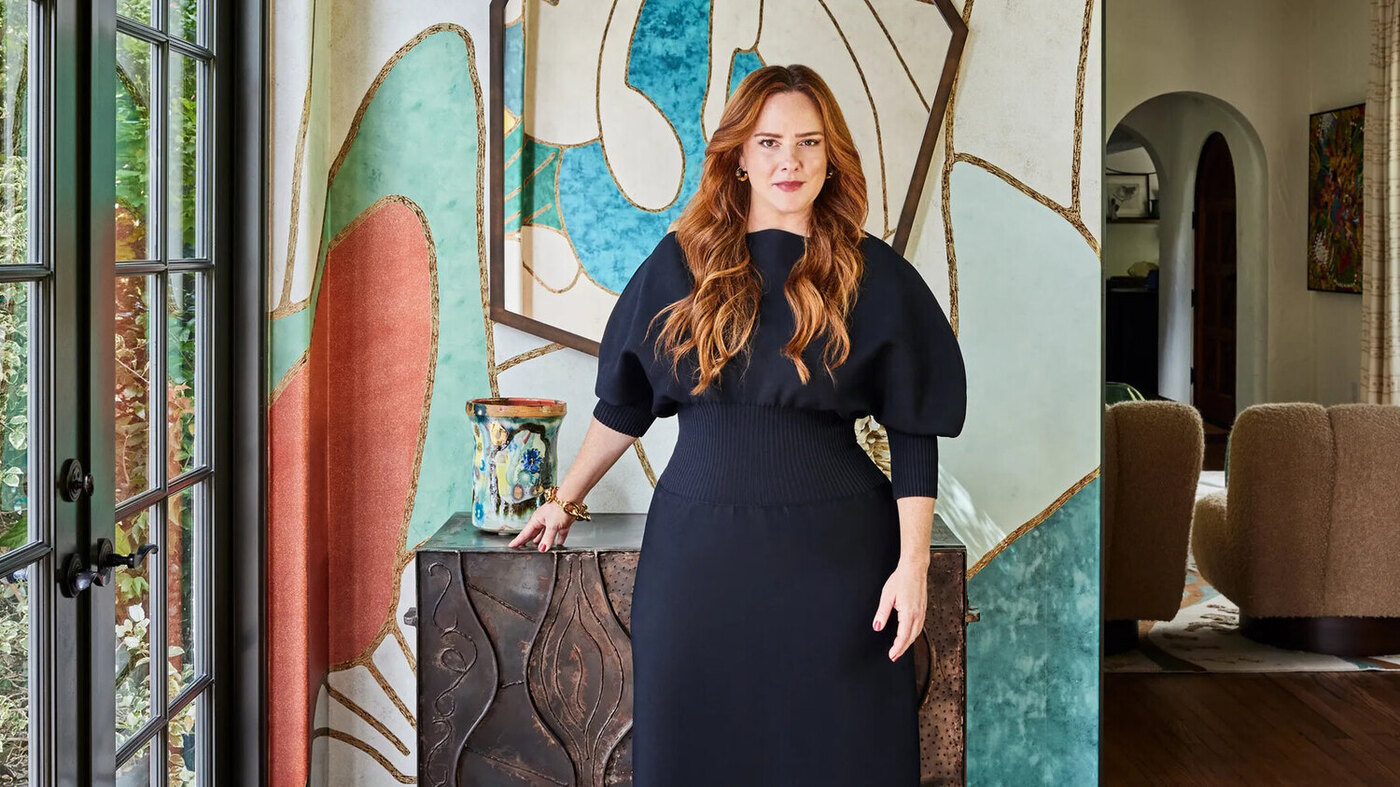
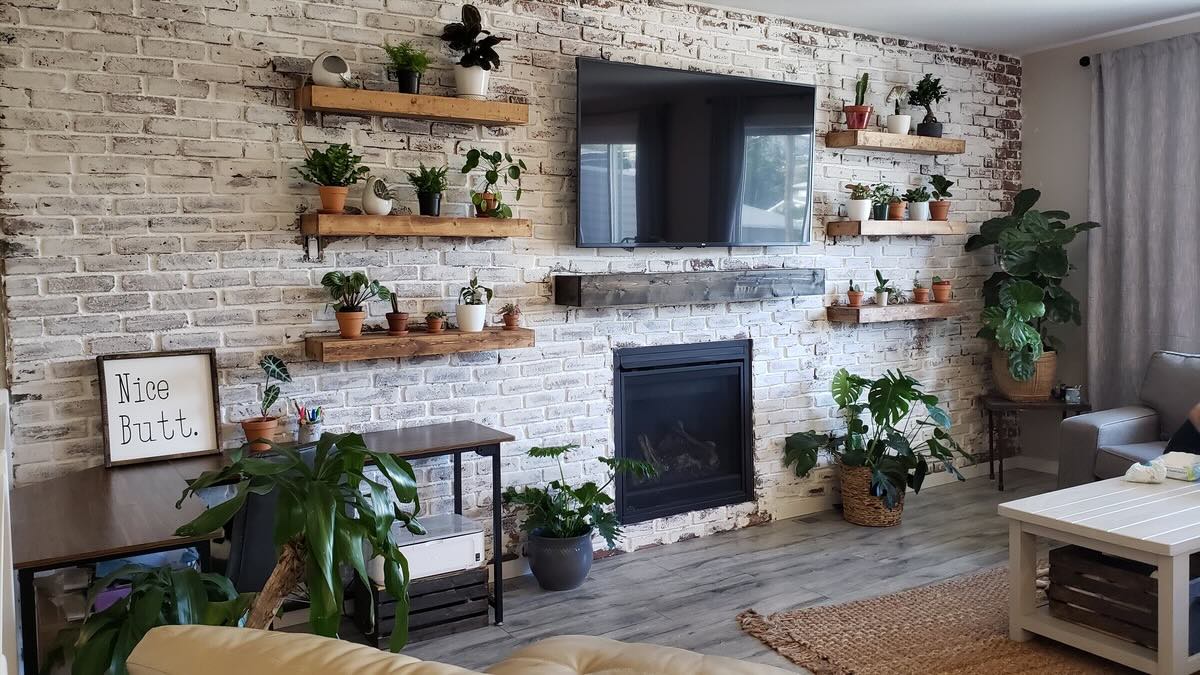

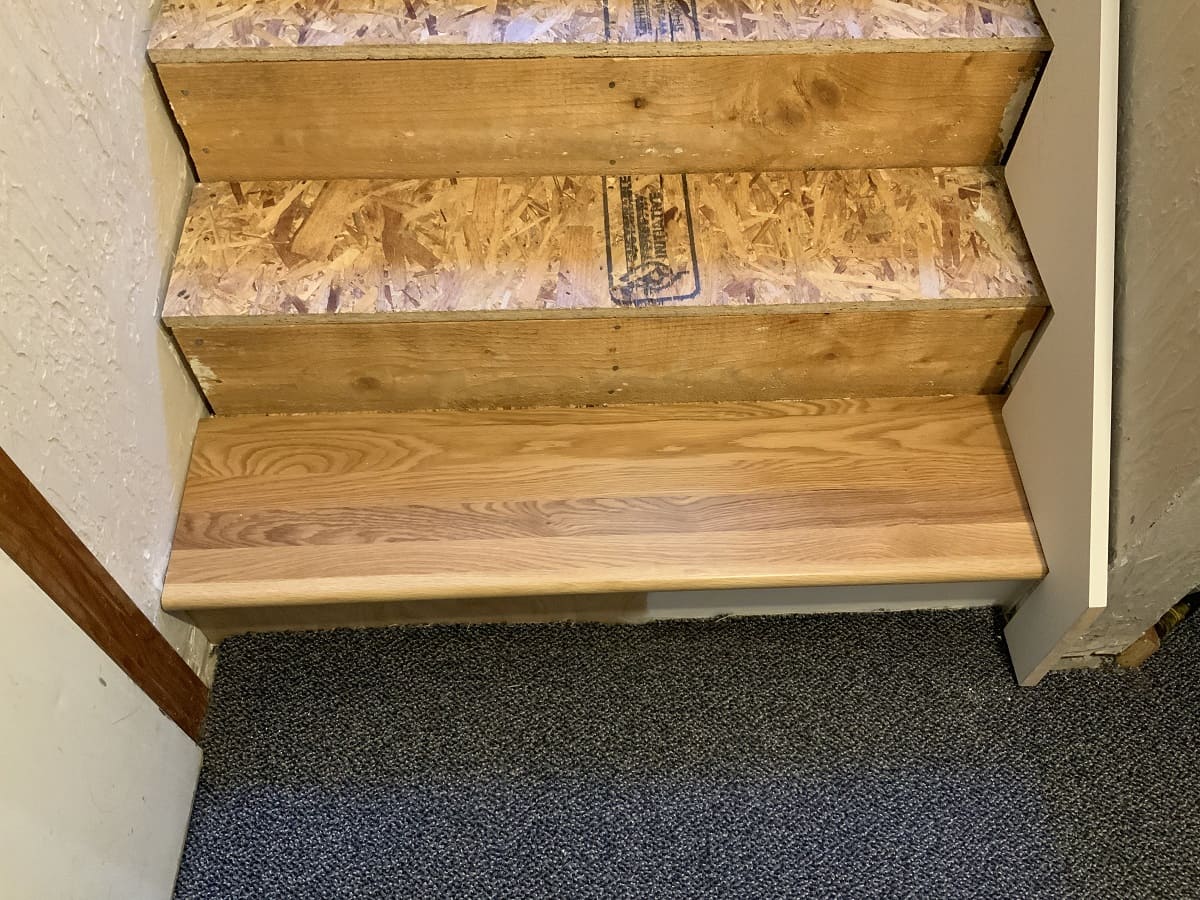
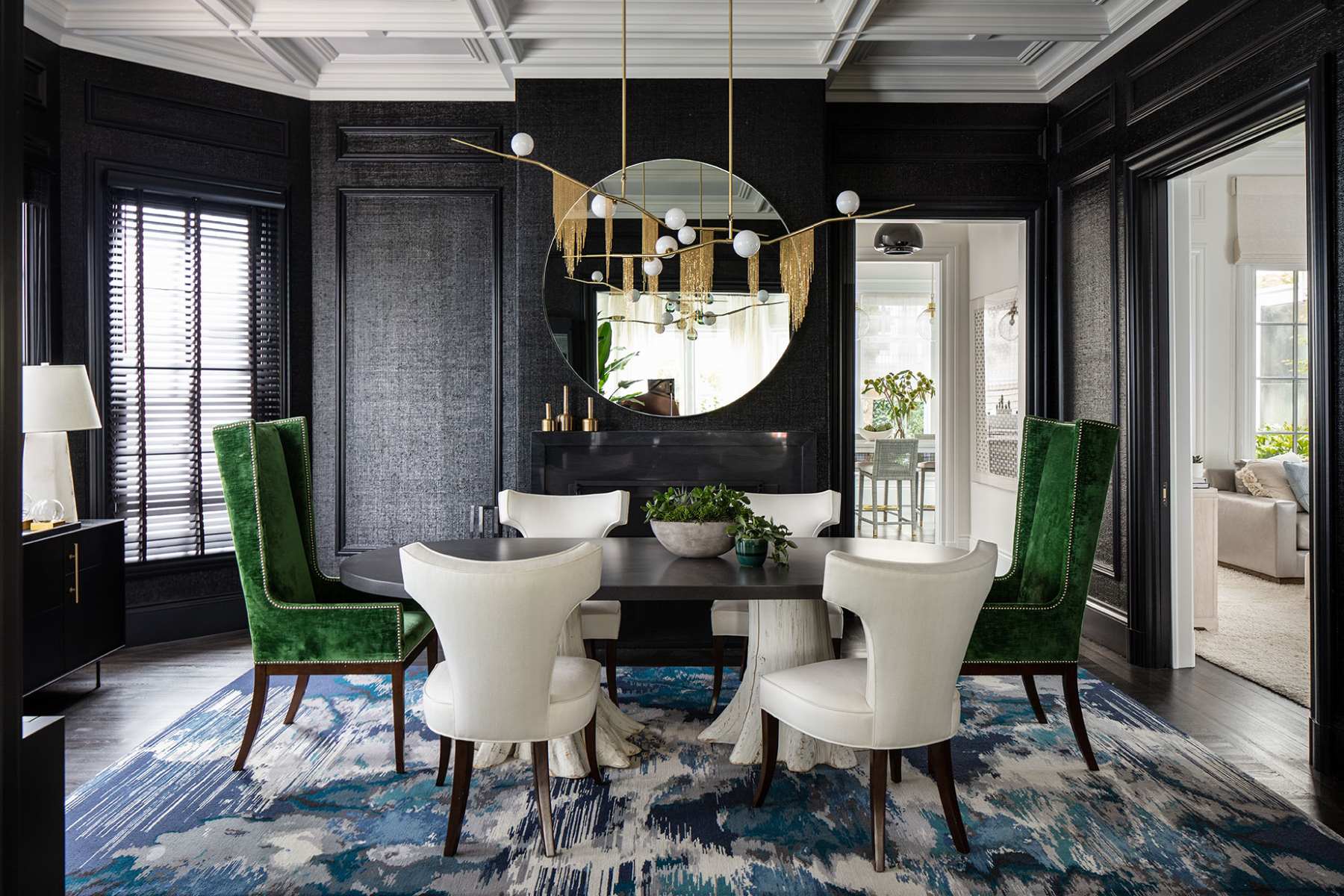
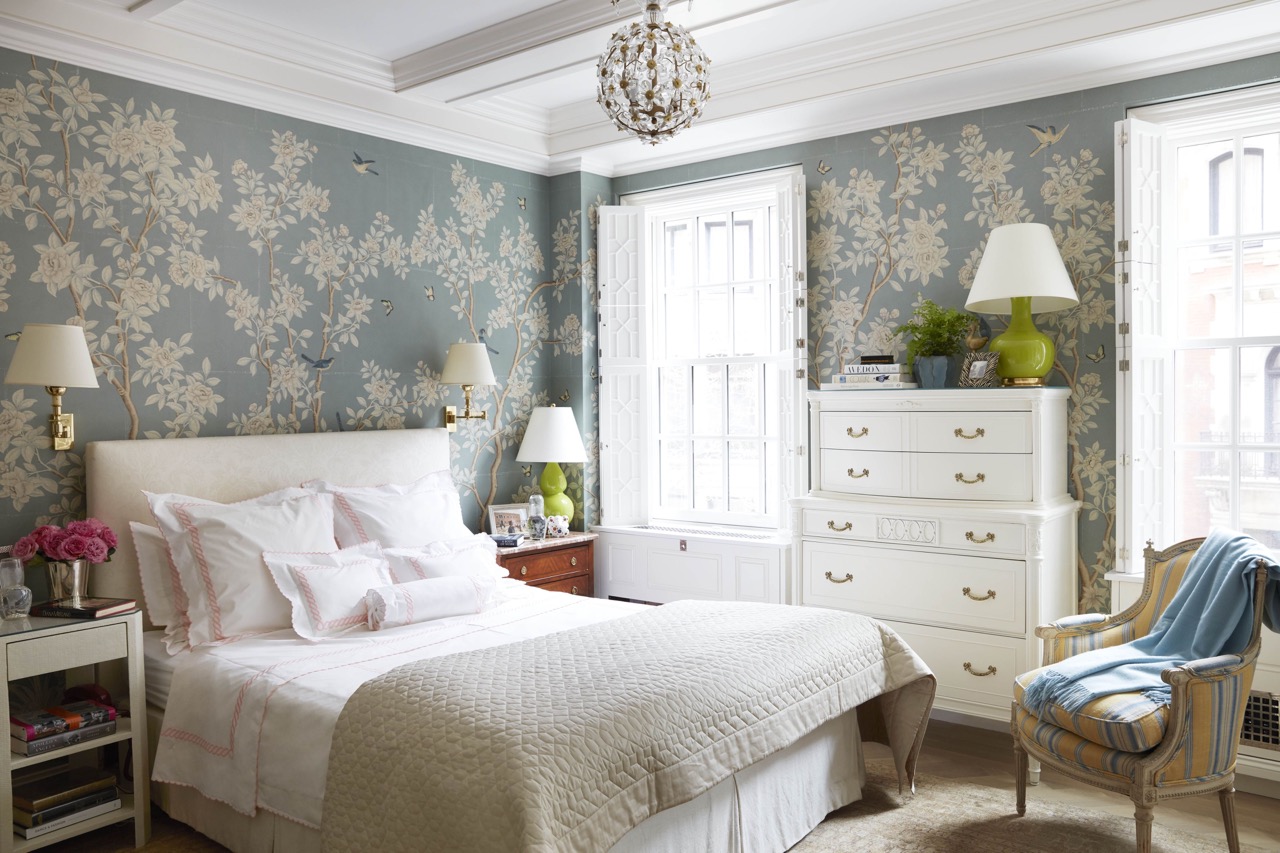

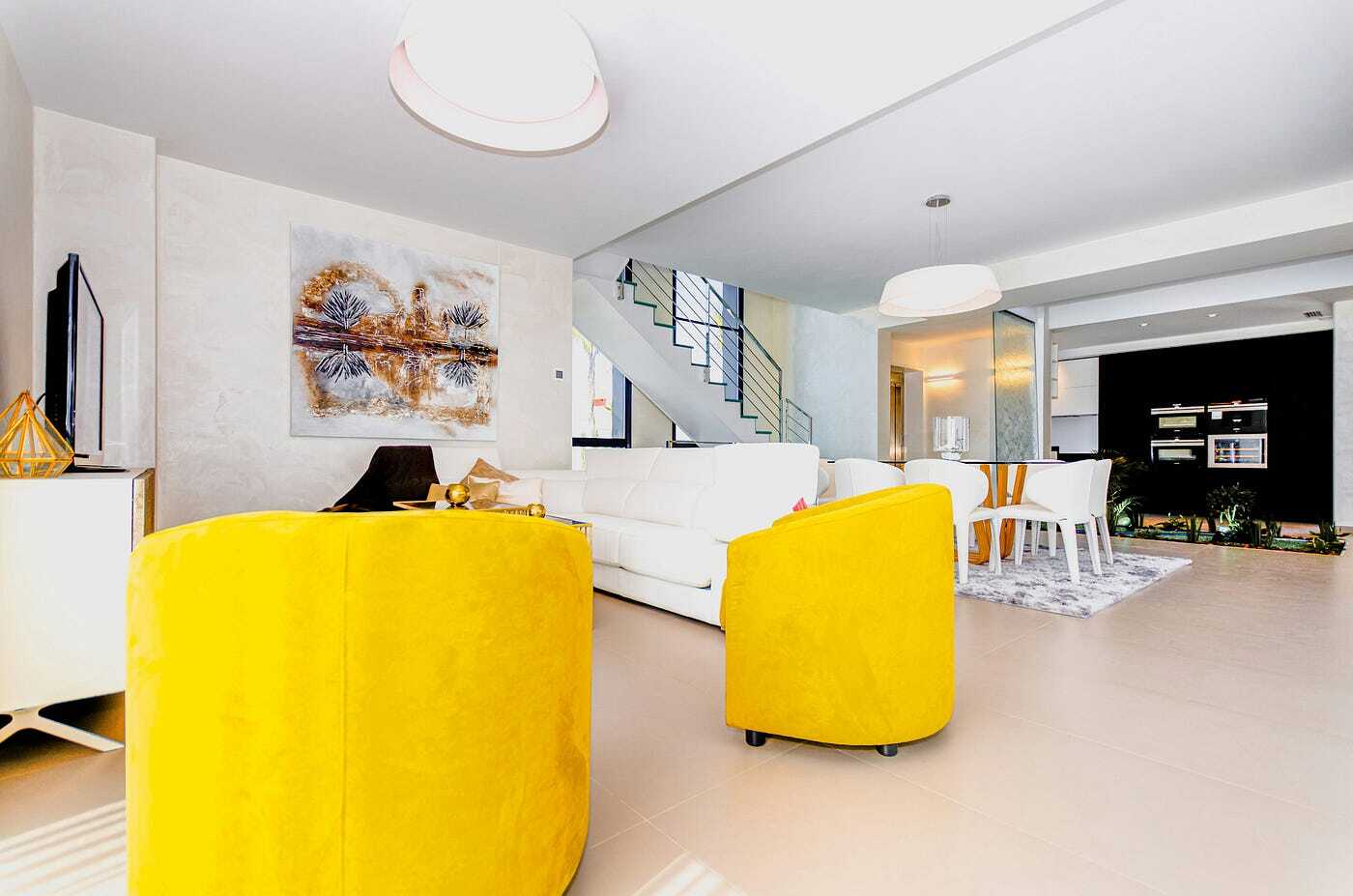
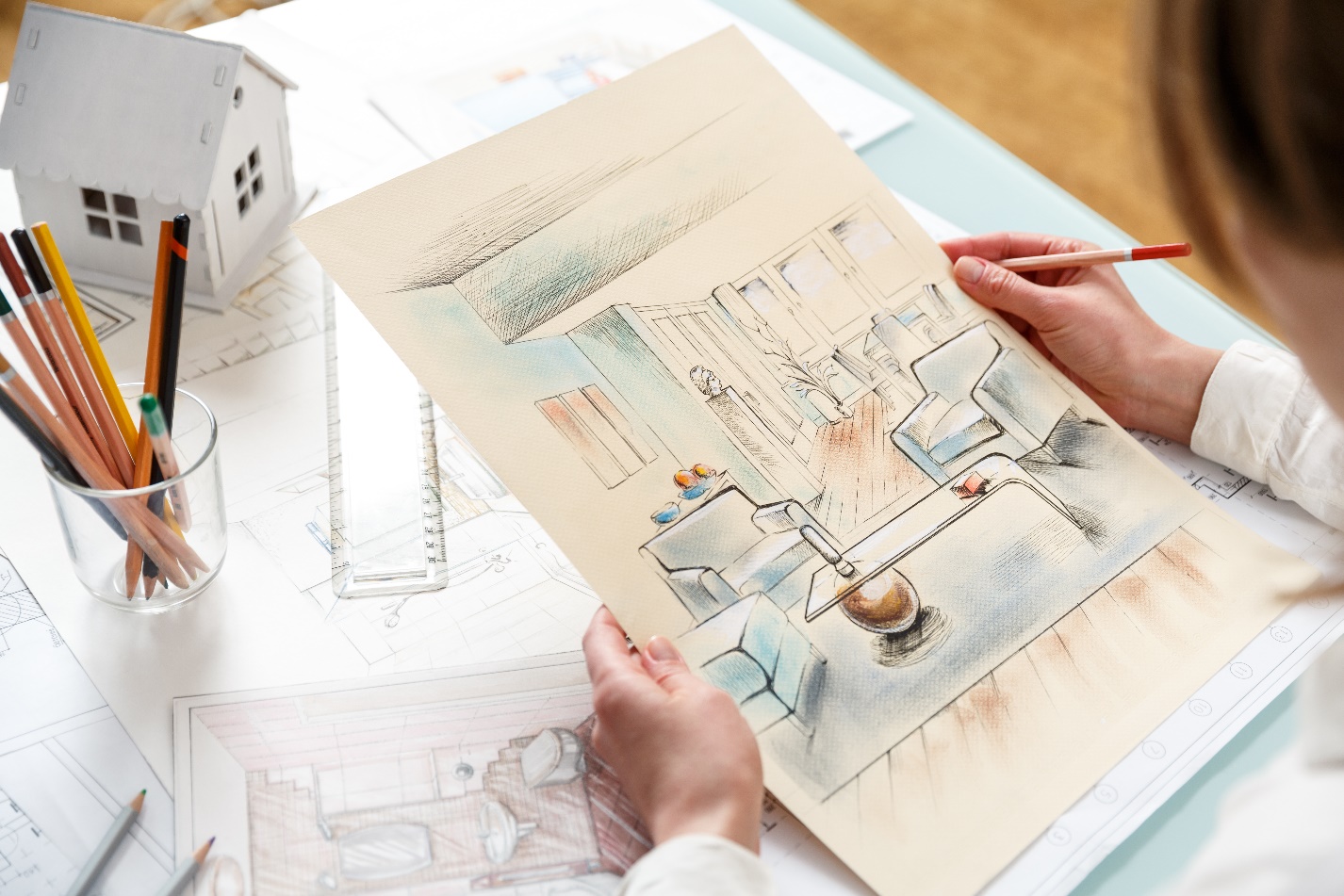
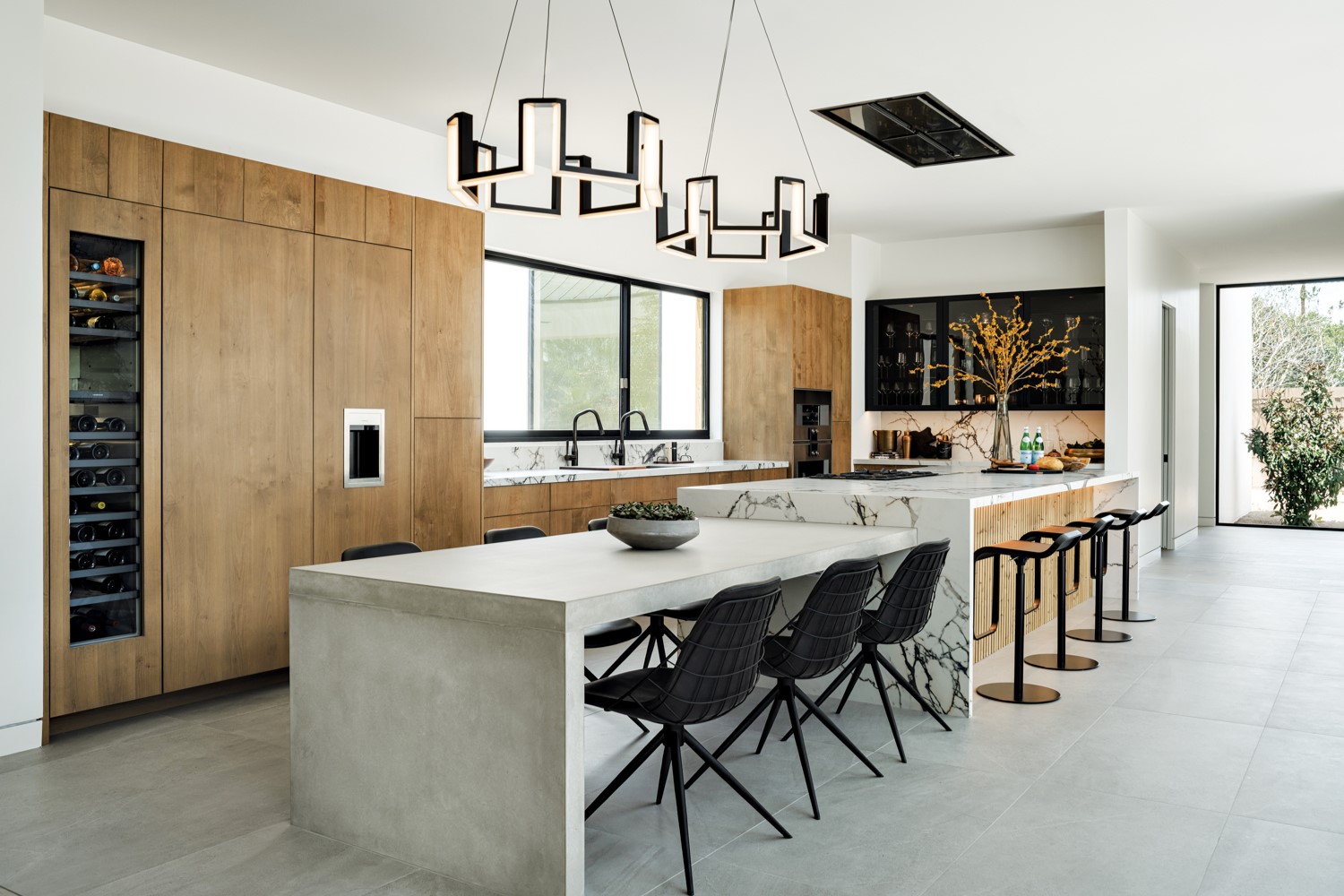
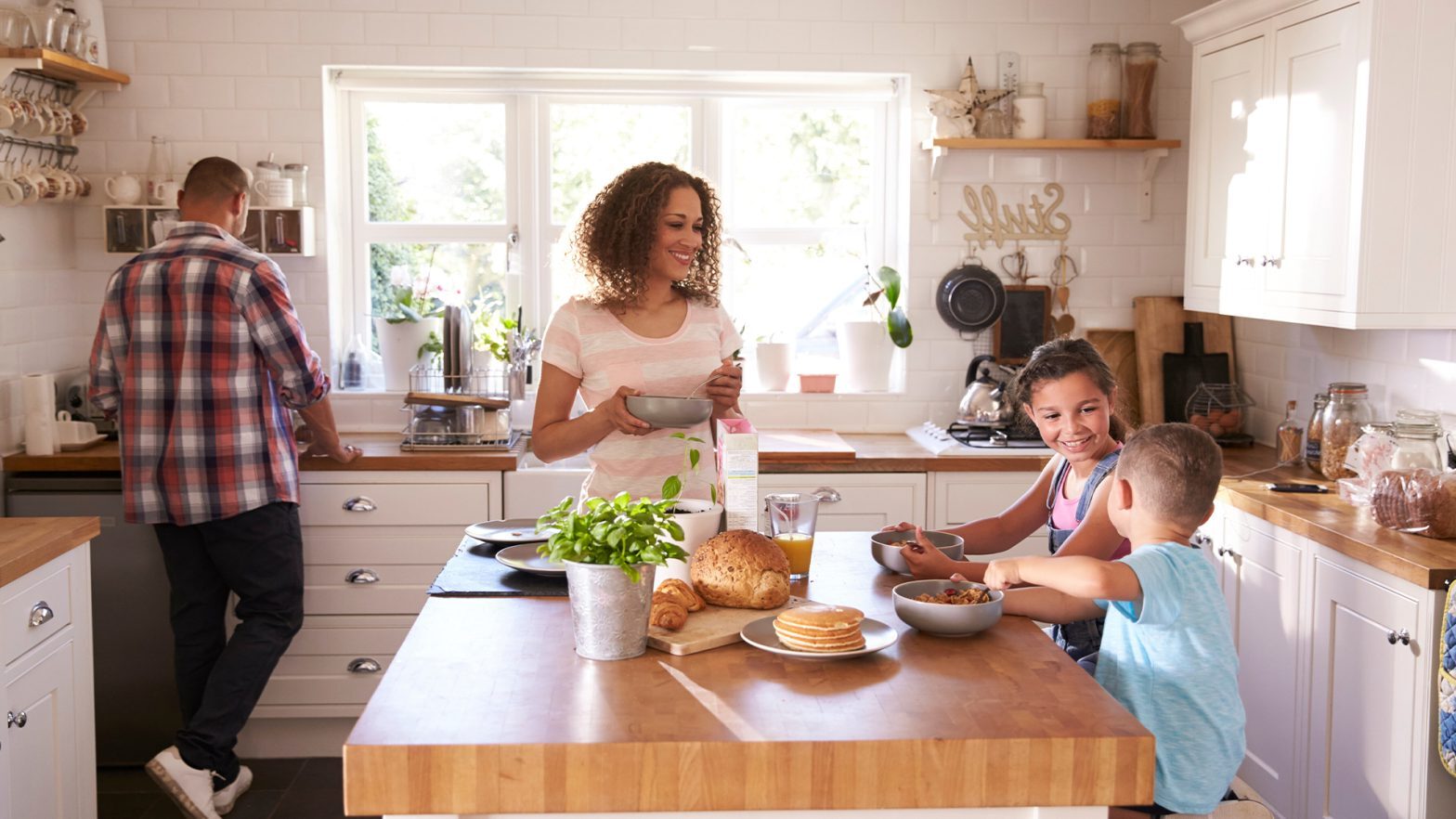
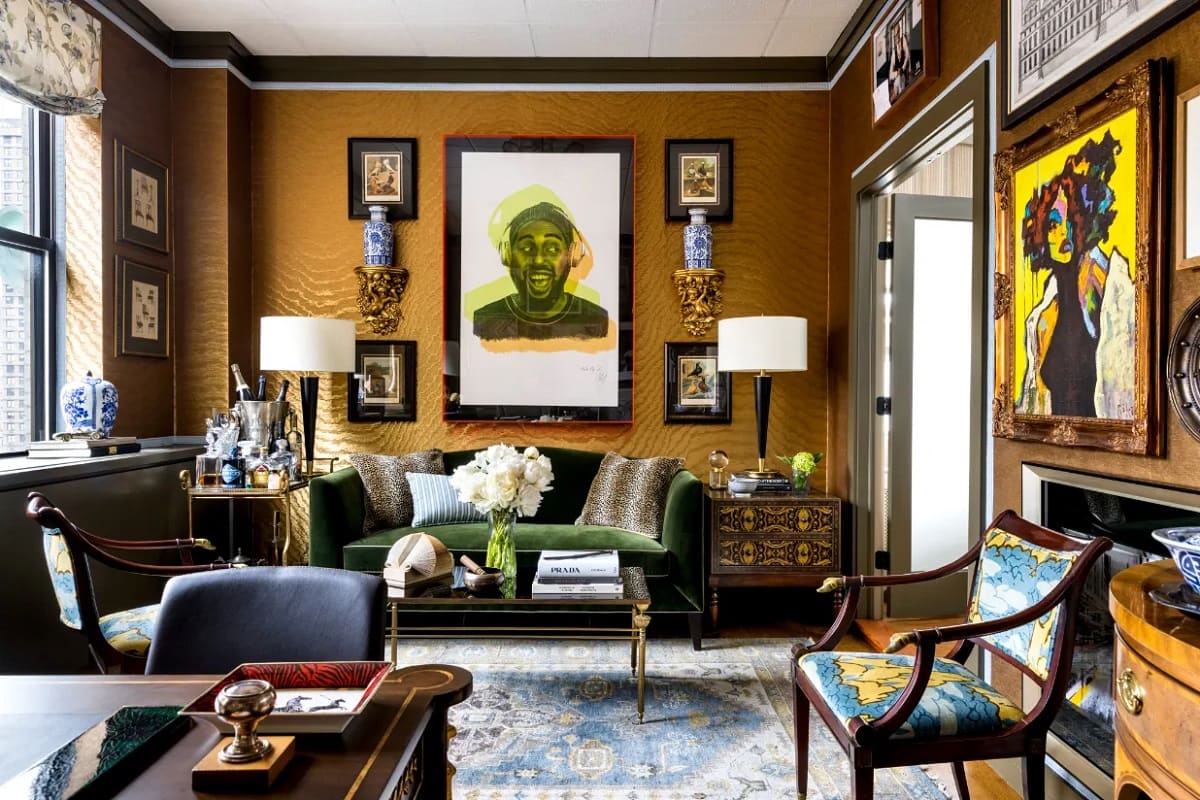
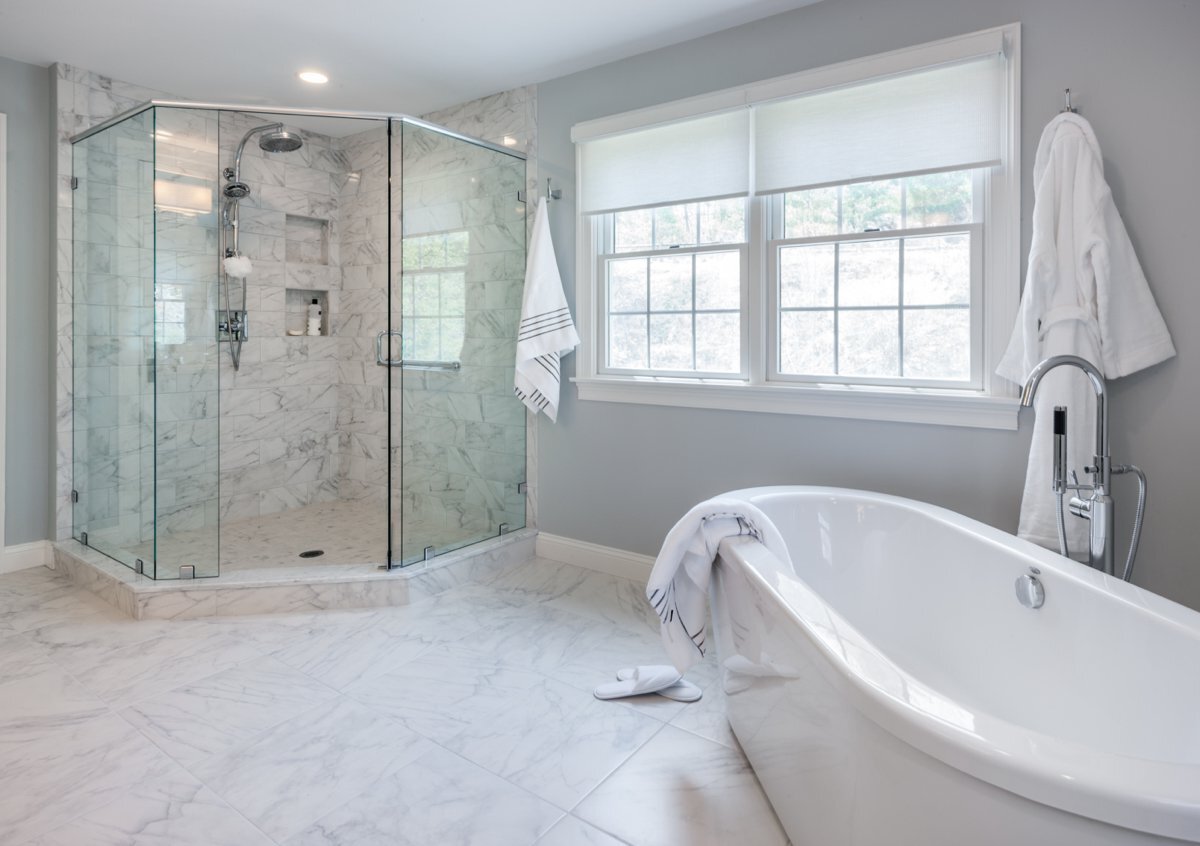

0 thoughts on “How To Create A Mood Board For Interior Design”